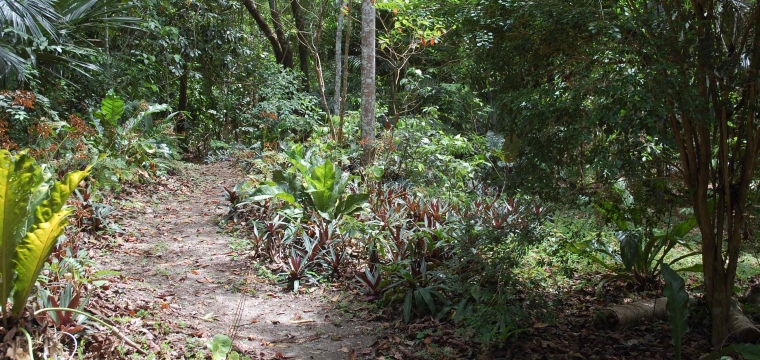Evolving from an archaeological base, the El Pilar Program recognized that clues to managing the complex habitats of today’s forest are embedded in Maya prehistory. The ancient Maya prospered over millennia by selectively managing the environment to favor human economic ends. Indeed, the structure of the Maya forest is a relic of the dynamic relationship in which humans have played an integral part. This relationship extends back more than four millennia to the initial agricultural pioneers of the Maya forest and is the heritage of contemporary farmers. The development and cultivation of the ancient Maya landscape provides material evidence for sustainability in one of the planet's last frontiers: the tropics.
The composition of the Maya Forest today is reminiscent of the Maya’s complex relationship with nature. More than 24,000 plants have been identified in the region, 5,000 of which are endemic. This diversity is combined with widespread species similarity, indicating that the Maya forest is relatively homogeneous. Widely spaced areas share from 53-71% of plant species. This is dramatically different from the Amazon, where study plots rarely have more than 10% of species in common even where the plots are next to each other. This great diversity and general homogeneity is combined with a high economic component-- up to 90% of botanicals in the Maya forest are listed as useful plants. When considered together, this suggests that human systems played an important role in the development of the Maya forest.

